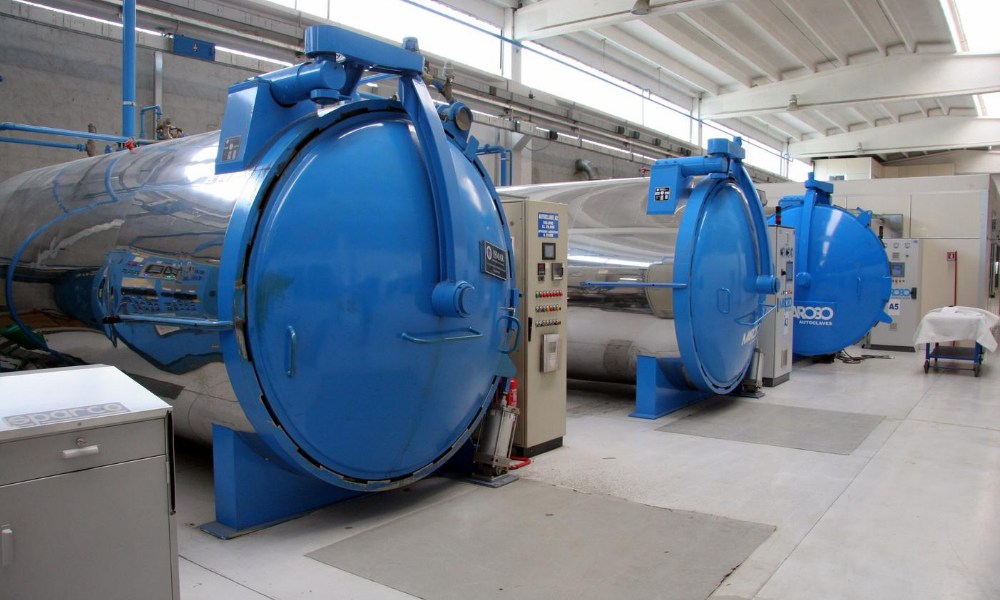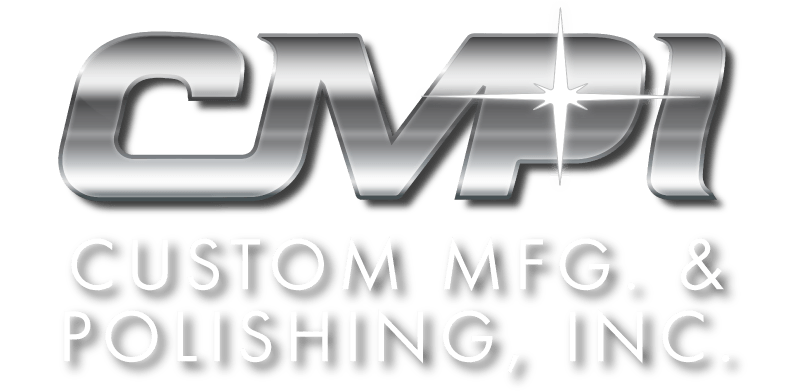ASME Pressure Vessel Jacket Types

Jacketed pressure vessels are designed to control the temperature of its contents through a cooling or heating fluid and external cavity. Although that’s the basic premise, there are three main types of jacketed vessels to know based on the material, temperature, and PSI of the job. Read this guide on the ASME pressure vessel jacket types and their respective requirements.
Conventional
Conventional vessel jackets are the first main type of pressure vessels. They are typically used for small volume applications of less than 300 gallons and high-pressure applications with an internal pressure that’s double the jacket pressure. Conventional jackets have extra covering to create an inner and outer wall. This vessel wall provides greater insulation value for specific heat transfer control.
Dimple
Dimple vessel jackets are the second type. Using light-gauge metal construction and affixed to spot or plug welds, it maintains its strength and durability to handle internal vessel pressure. This results in considerable cost-efficiency even when dealing with high-gauge materials. Dimple jackets typically deal with internal vessel pressures around 300 PSI. This type of pressure vessel jacket is prone to fatigue failure when under rapid thermal cycling. Plate coils are a similar, albeit less efficient, type of pressure vessels. These are fully contained jackets strapped to a vessel. Plate coils are less efficient than dimple jackets because they require a double layer of metal for heat transfer and good bonding to prevent insulation gaps.
Half Pipe
The last main ASME pressure vessel jacket type is half pipe coil jackets. These offer superior strength of up to 750 PSI. Fabricators can also use light-gauge metal for cost-efficient construction. Half-coil pressure vessel jackets have great capability to handle high temperatures and liquid heat transfer applications.
At CMPI, we specialize in dimple jacket welding and fabrications. We provide mechanical dimple jackets starting out as sheets of metal with equally spaced depressions pressed into the metal to create welding contact points. Through this process, your pressure directs cooling water or steam to allow for optimal heat transfer and temperature control. Call us today for more information and we’ll be glad to work on your unique job.



